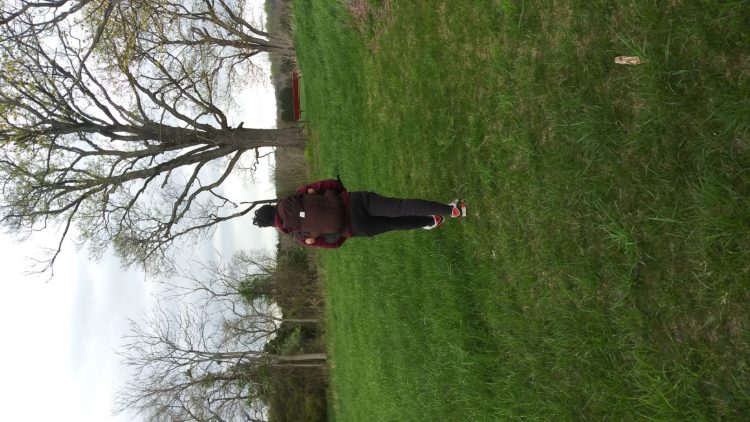Our family loves to adventure! During a global pandemic, outdoor adventure is even more crucial.
Adventuring with a child who has disabilities requires some additional planning and adaptations, but can be done and is so rewarding!
Below are some considerations. For the purpose of simplicity, and because it is one of our favorite pastimes, I am using hiking as an example — but this thought process applies to many other types of adventures!
1) Determine the goal for the adventure.
- Exercise and/or experience fresh air?
- Spending time with family and friends?
- Experiencing and/or learning something new?
- Just have fun?
2) Research the location.
- How many miles and what gradient is the hike?
- Is the hike shaded?
- Are there any steep drop-offs from the trail or overlooks?
- Is the trail paved, packed dirt, grass or rocky? How wide?
- How likely will we have cell service?
- How long would it take us to get back if there is an emergency?
3) Determine what equipment is necessary.
- Are there any medical equipment or medications that we might need?
- Do we need a fan, or changes of clothes?
- Will the wheelchair, adaptive jogger, or soft structured carrier be most appropriate on the trail? (Special note: There are big kid soft carriers on the market — it is possible to carry a bigger kid safely!)
4) Adapt plans if needed.
- Weather, health/strength/mood, who else is able to join and many other things can change — it is important to be aware and adapt as needed! This really comes back to the goals for the day. If your goal is to experience something new, maybe your child spends 20 minutes observing a caterpillar and you shorten the hike — but that is OK, because you still met your goal!
5) Take note of what did or did not work.
- If you don’t risk failure, you will miss out on success. So when everyone is crying, including you — reflect on what you might do differently next time! If your adventure went well, what were the best parts? That can help you set goals and prepare well for future adventures!

Some additional tips for hiking with a non-mobile child or child who fatigues easily/falls frequently:
- Do some research and select a carrier that works well for both you and your child. This way you will have a whole new world available to explore, without having to bring the stroller or chair every time. Don’t be afraid to add some adaptations or use extra equipment. We use a TLSO brace, neck pillow and small battery-operated fan with our preschool-sized carrier to make it safe and comfortable for longer hikes.
- Help your child explore with multiple senses. Pull a branch close to their face, so they can smell the flowers on it, view the color and feel the petals. Hold them and balance them so they can try new things and feel different textures. If they want to get out of the carrier or stroller/chair and it is safe for them to do so, take the time. And sometimes a little fall or bruise is OK!
- We have also found a few absolutely gorgeous accessible trails and overlooks. It definitely takes some research, but they do exist. So even if you don’t have a special carrier or adaptive jogger, you can still get out there and explore with a child who has a mobility-related disability!

Originally published: June 1, 2021

